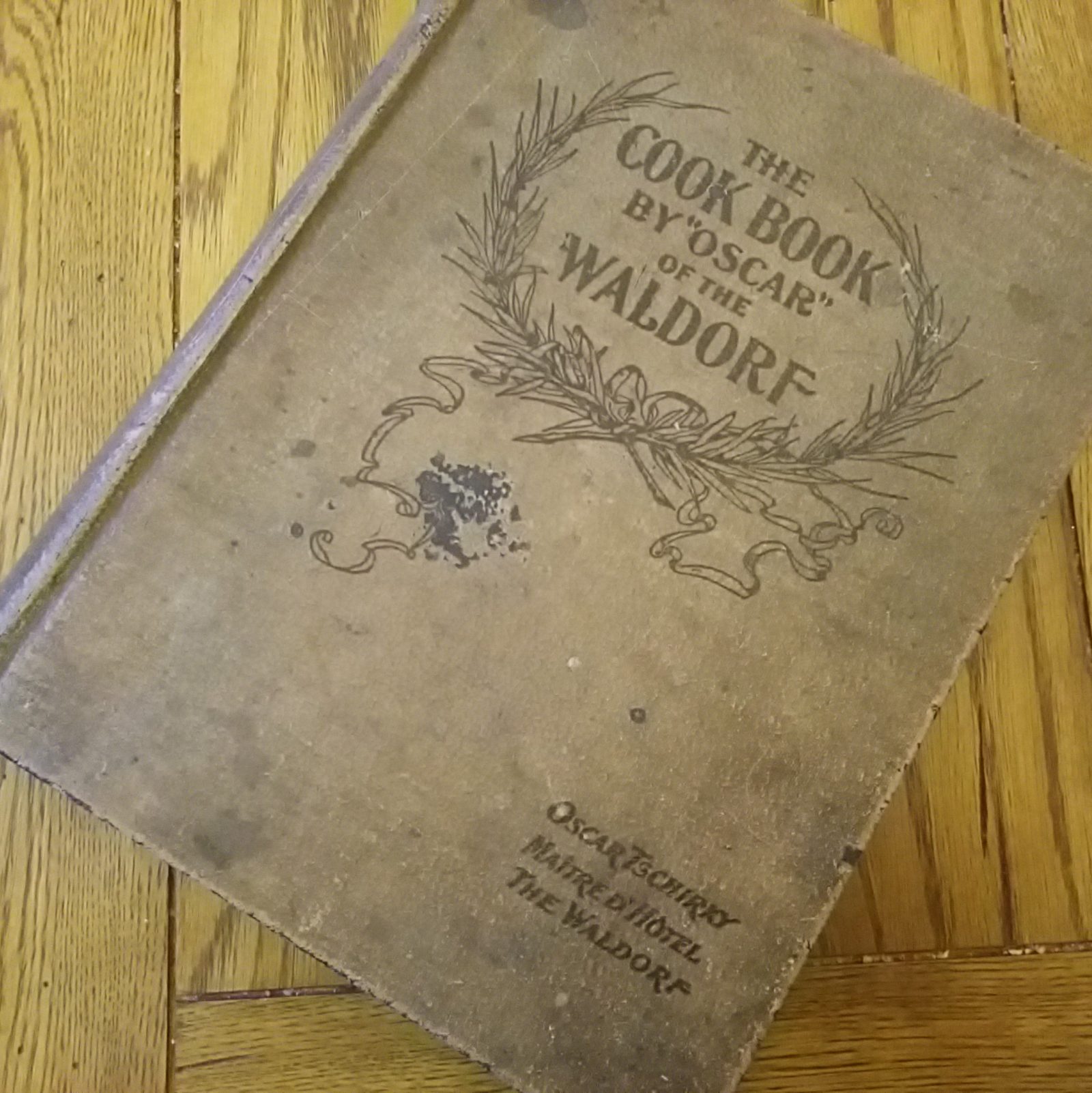It is my intent in these articles to provide accurate and honest information about historic recipes. I am not a professional cook or academic, just someone who makes a hobby of cooking, with a strong interest in cooking history. So for the recipes I post, I will classify them by their historical accuracy, and provide citations wherever possible. My sources for recipes will be from Primary Sources(1) and Secondary sources(2). Tertiary sources(3) will only be used for supporting information, not for the recipes themselves.
Recipe source types can be simply described as:
Primary – Books and documents written at the time.
Secondary – Books discussing primary source material, Recipes handed down from the time, but not written until later.
Occasionally, I may consider a recipe from a secondary source to be itself primary. This can be the case in some books that show photos or facsimiles of the actual original text.
For most pre-19th century recipes, the sources will be secondary. Even after the invention of the printing press, books were costly and uncommon. Thus most sources tend to be from later scholarly works. These recipes also tend to need the most interpretation to be usable. In the 19th century, industrial presses made books far cheaper, and so a great many original books are available at reasonable cost. Additionally, a large number were digitized by Google, and are available in digital format online.
And thus, I will be tagging recipes for their accuracy as follows:
- Historic Recipe: 100% accurate recipe, from a primary source. Usually a photo or transcription of the original recipe.
- Historic Adaptation: Nearly 100% historic. Adapted for modern ingredients or technique. Measurements or instructions added or clarified. Original from a primary source.
- Historic Interpretation: A modified or not verifiably 100% historic recipe. All recipes from secondary sources are in this category.
- Inspired by History: Recipes with historic influences, but otherwise a modern recipe.
- Modern Recipe: Completely modern recipes that were just interesting or unique.
It will not be unusual for an article to be tagged as both “Historic Recipe” and “Historic Adaptation”, where the original recipe is provided, along with the modified recipe.
